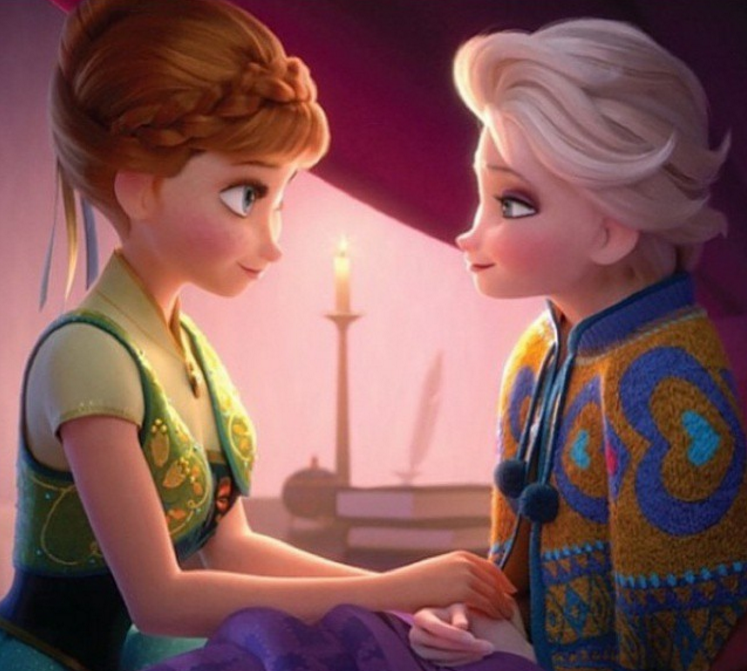Entertainment March 7, 2017


Movie information site IMDb has introduced a new F-rating to draw attention to films written or directed by women or featuring complex female characters who drive the storyline.
Any movie that scores all three – such as “Frozen” or “Bridget Jones’s Baby” – is given a triple F-rating by the Internet Movie Database.
The idea is to encourage gender equality in the film business by highlighting the contributions of women in front of and behind the camera.
“The F-rating is a great way to highlight women on screen and behind the camera,” IMDb boss Col Needham told the BBC. His site has given the rating to nearly 22,000 movies in its listings.
RELATED: Women in Film: ‘Change the numbers, change the game,’ says Rainy Kerwin
Although an F-grade is traditionally associated with failure rather than feminism, the site didn’t come up with the classification but adopted the system after seeing it used by more than 40 film festivals around the world.
It was originated in England three years ago by Bath Film Festival director Holly Tarquini, who is overjoyed that film fans can now browse the leading movie search site to find films written and directed by women or featuring compelling female characters.
“This is important because films by and featuring women often have significantly less spent on promotion, so they are more difficult for audiences to find,” she told The Guardian.
RELATED: 7 Incredible Films Directed by Women of Color
But she added that more needs to be done to increase female representation in the film world. ““I hope that the F-rating will become redundant as the stories we see on screen reflect our culture, and that 50 percent of the stories we see [will be] told by and about women.”
Tarquini’s system was itself inspired by the Bechdel test – a system devised by the cartoonist Alison Bechdel to monitor whether a movie contains a scene with at least two named female characters discussing something other than men. More than half of the movies released in 2016 passed that test, which seems like a step in the right direction on a long road ahead.
RELATED: Slowly, but Surely Women Are Gaining Ground in Hollywood